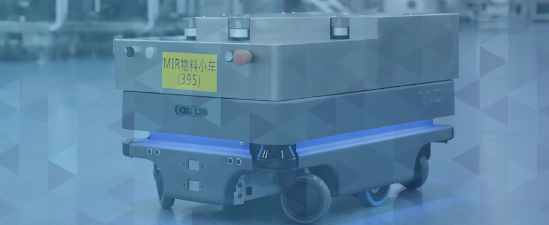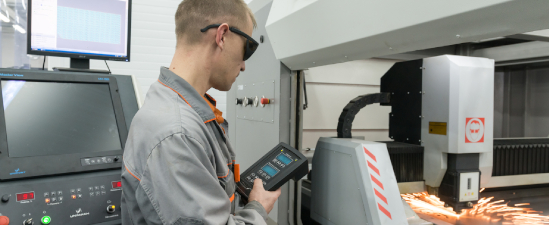The Rise of Robotic Process Automation within industry
Date Published: 13-05-2020
There is no denying that more and more industries are moving towards Robotic Process Automation (RPA) adoption in the pursuit of more efficient operations. RPA is the automation of business processes in organizations though the configuration of software or otherwise known as “robots” to emulate human interaction with digital systems to execute and complete the fore mentioned business process. The increasing popularity of robots in the industry is not surprising due to the many proven significant efficiencies experienced by organizations who have adopted robots into their business processes.
RPA is the automation of business processes in organizations though the configuration of software or otherwise known as “robots” to emulate human interaction with digital systems to execute and complete the fore mentioned business process.
At the core of RPA it is software or "robots" developed with the purpose of emulating human interaction with digital required to execute daily business functions. Of course, there are functions which require human judgement too. RPA has shown a proven increase in such processes too but ultimately RPA cannot complete the business function on its own if the variables are always changing.
An example of a task RPA can do completely independently is the administrative task of combing through emails to get data off structured customer purchase orders and capture the data to your CRM system to be invoiced at the end of the month, this would be a high-level very basic model of a use case for RPA.
If we had to break this task down to its individual tasks, the employee is required to open their email inbox, either sort their mails or go to the dedicated folder to start the data capturing process. The employee would have to open the documents individually, capture the data to the CRM system, download the document and save the original purchase order document to a secure customer folder. Just by reading this example, a reader can see there are many clicks and actions required in this process.
What makes the process longer is humans are prone to make mistakes here and there and although it is not intentional it can waste time. No one is perfect, a colleague coming in and briefly chatting to the employee during the capture process can add time to the process and also increases the odds of the employee capturing a figure wrong.
This is where RPA shines because it can operate without distraction, possibly skip a few human interactions required to save the data to the CRM by capturing the data directly to the CRM database without going through the frontend user actions required.
RPA has increased efficiency by reduced time spent on the process and reduced errors in the capturing process which a human cannot do.
With this comes the negative stigma associated with RPA, which is the replacing of humans to performs tasks which then brings job security into consideration.
Although there is truth to this argument there is also the non-sinister side of RPA in industry.
The thought of a bot for every person in an organization is a fear which comes from miss-understanding RPA and not realistic. Every organization has different business processes and more than likely these business processes can overlap with other core processes. These business processes for some reason continuously adapting and changing in process which makes RPA in these functions a bit unrealistic as you require human decision making in these processes.
The thought of a bot for every person in an organization is a fear which comes from misunderstanding RPA and not realistic.
By allowing the Robot to complete repetitive administrative functions employees are afforded the time to focus on more business-critical functions rather than heavy administrative by-products produced in their business processes.
The automation of business processes is not a new idea, software development of systems and processes has been making businesses more efficient and responsive for years now. RPA deployed in a feasible, strategic manner with realistic measurable goals can save a company time and cost



